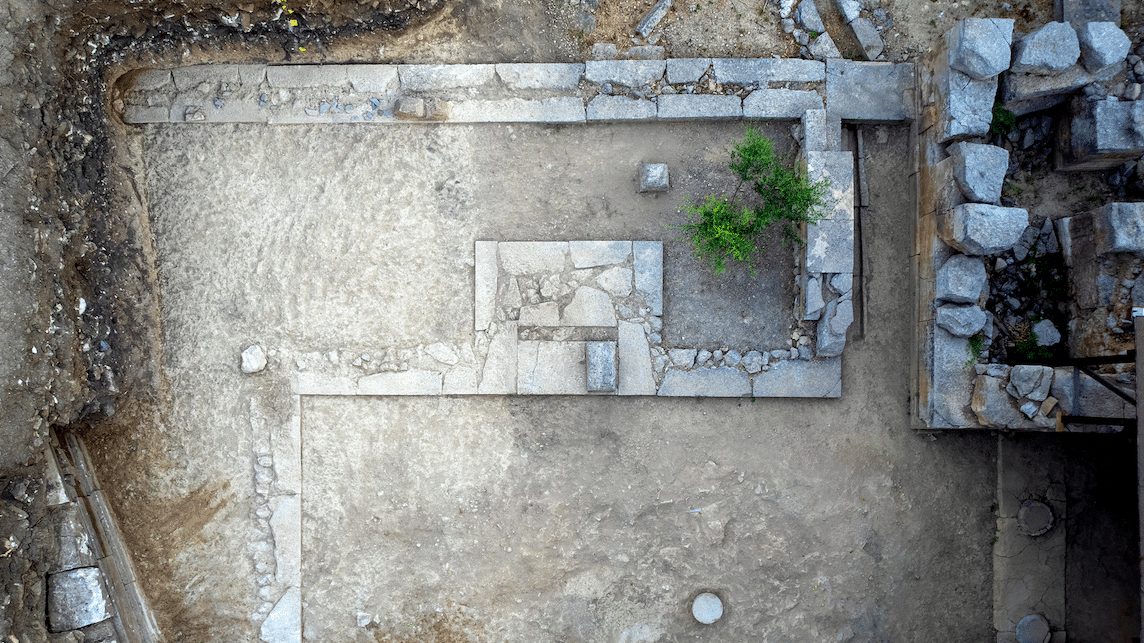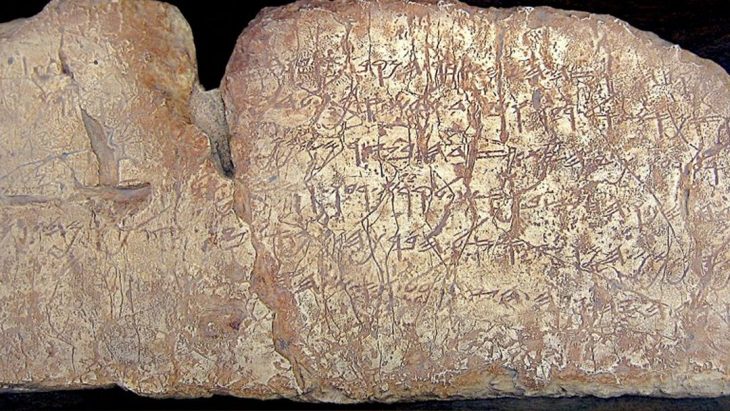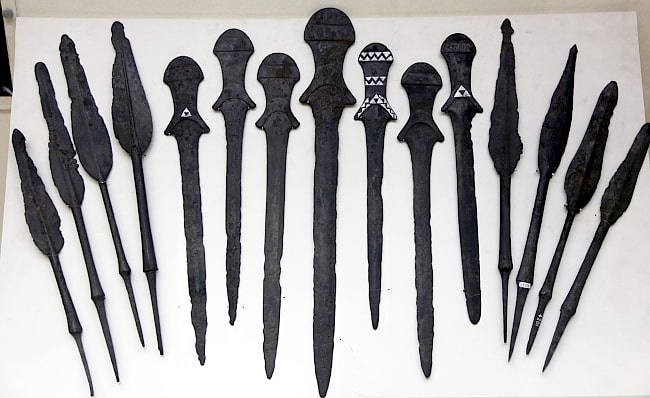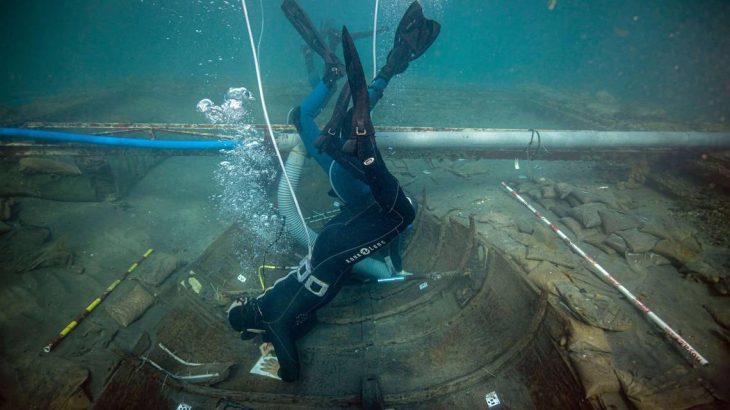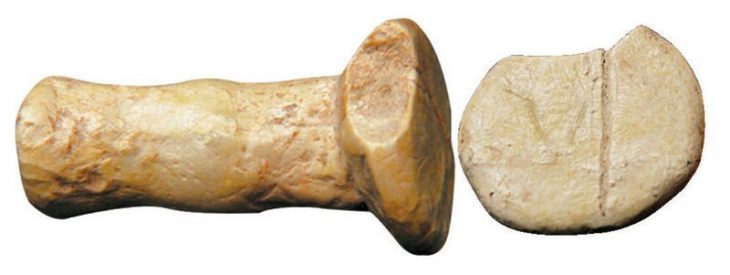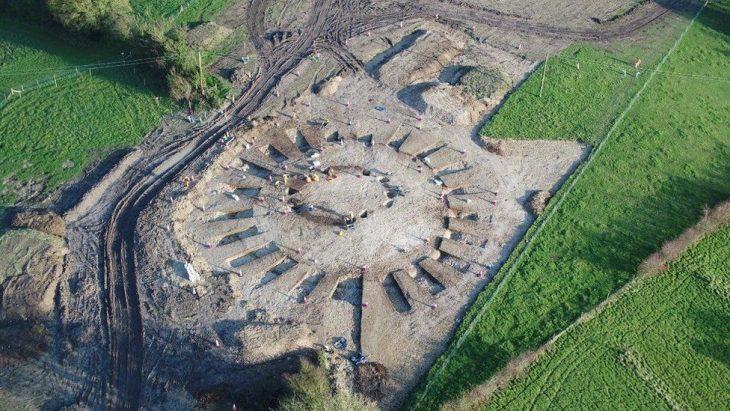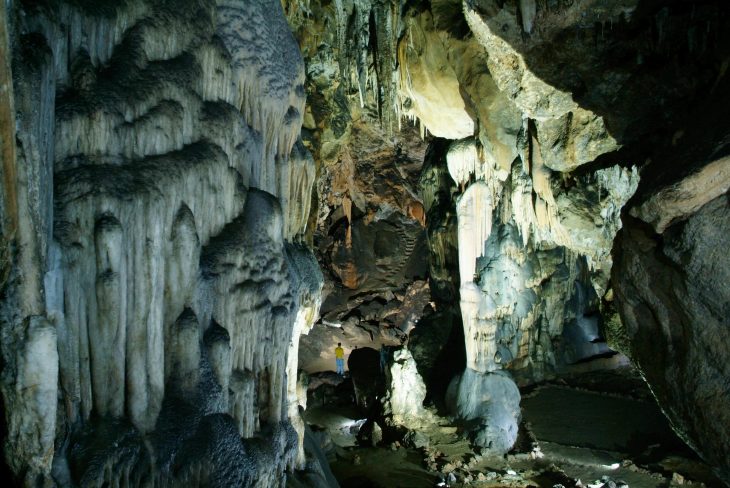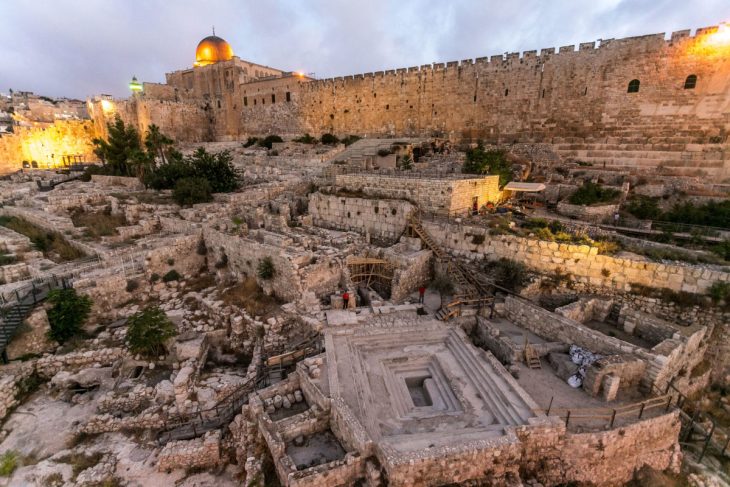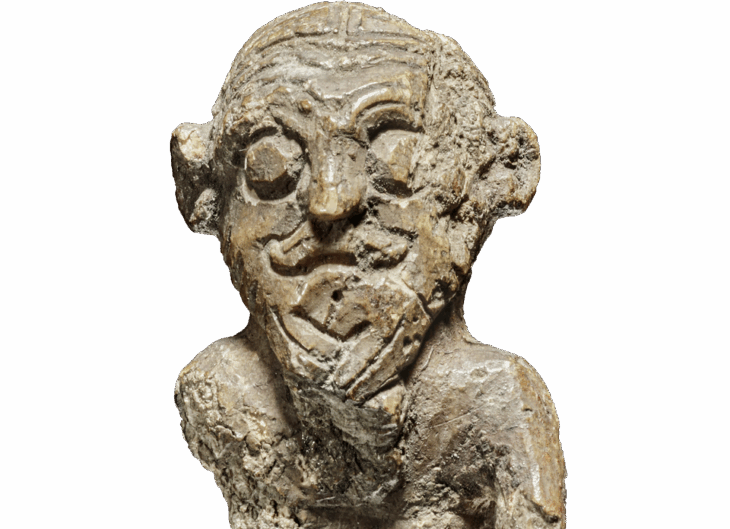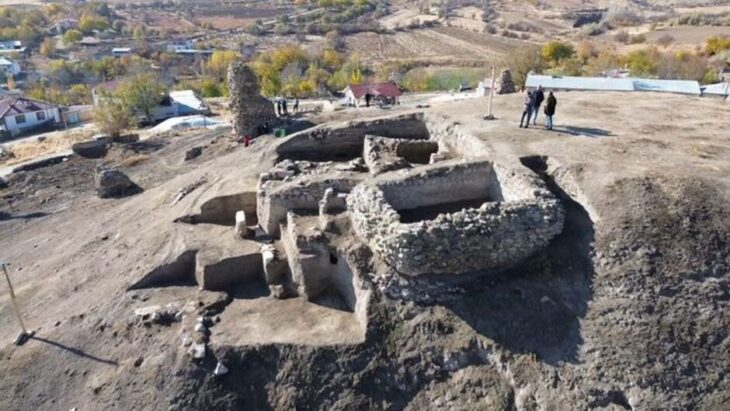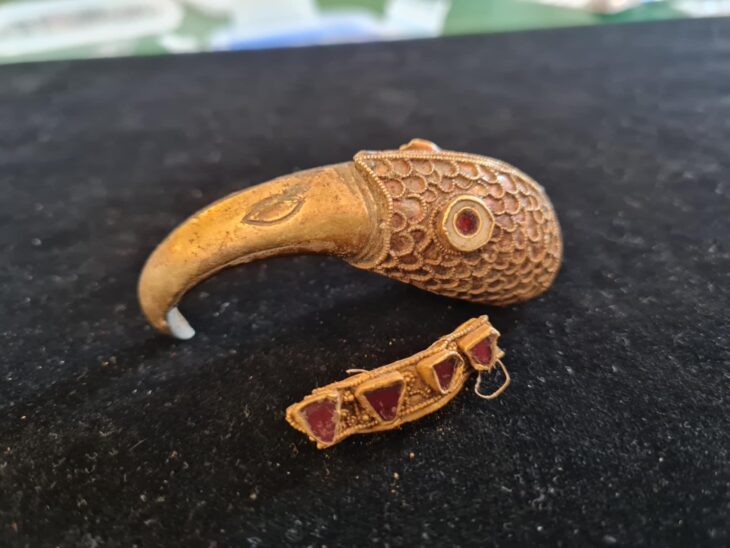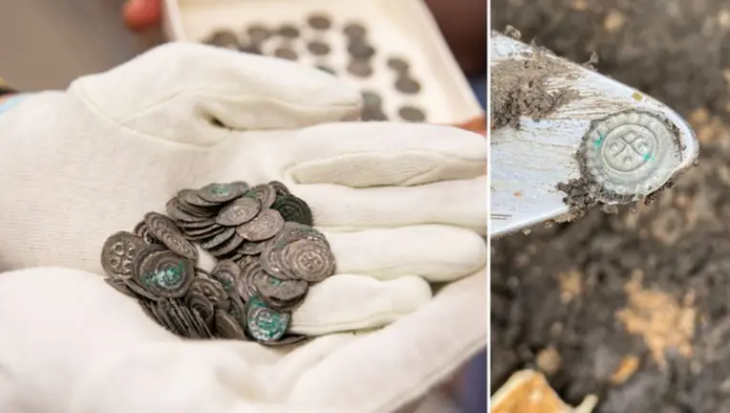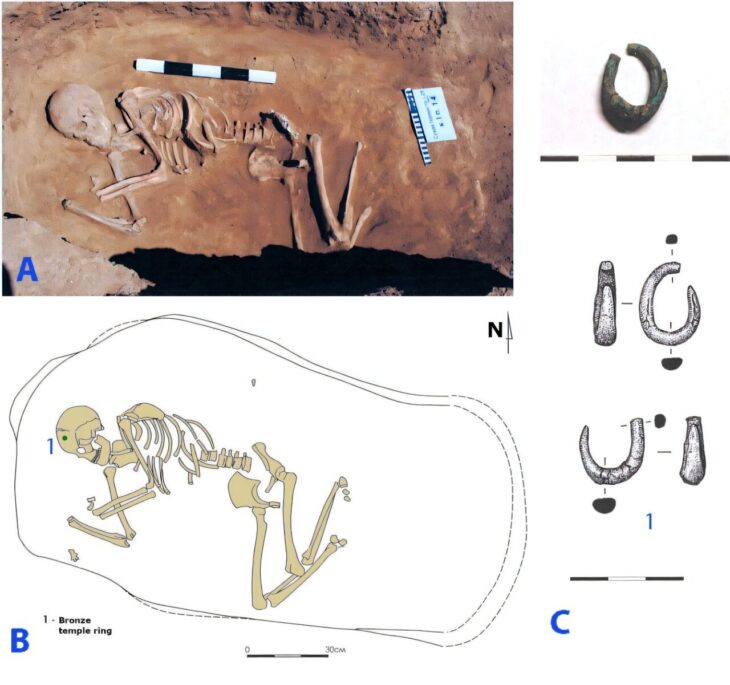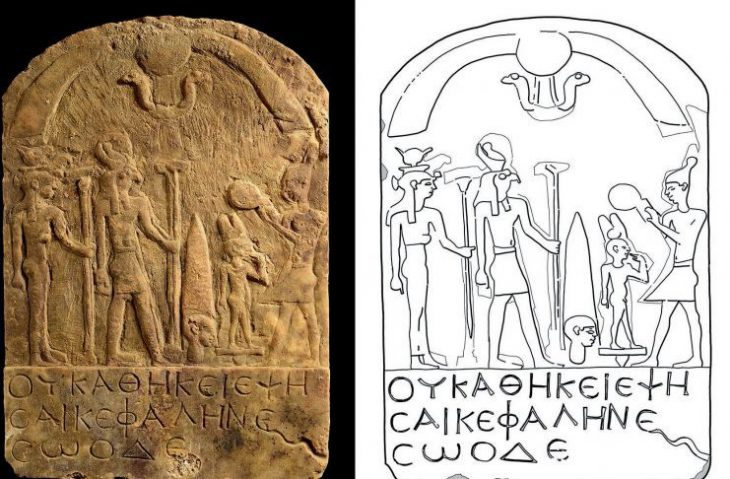Recent excavations at the Archanes Minoan palace in Crete, belonging to the oldest civilisation in Europe, have revealed an important and rare discovery: A gate sanctuary found at the Minoan palace of Archanes.
The Minoan city of Archanes and palace complex, built around 1900 BC, lies in a small closed valley, 15 km south of Knossos palace. The site was discovered in the 1960s.
“Archaeologist Dr Efi Sapouna-Sakellarakis continued the archaeological research to complete the image of the three-storey building, which along with Knossos [the biggest Minoan palace on Crete], played an important role in the development of the Minoan civilization,” the Greek Ministry of Culture said on October 23.
An element discovered for the first time in a Minoan palace, a Portico Sanctuary or sacred gate, has been revealed as a result of this inquiry, which aims to increase our understanding of this three-story structure that was crucial to the growth of Minoan civilization.
The four altars and two arms of a stone platform that accompany this sanctuary, which sits beyond the palace’s main entrance, are striking features that highlight the site’s religious significance.
📣 Our WhatsApp channel is now LIVE! Stay up-to-date with the latest news and updates, just click here to follow us on WhatsApp and never miss a thing!!
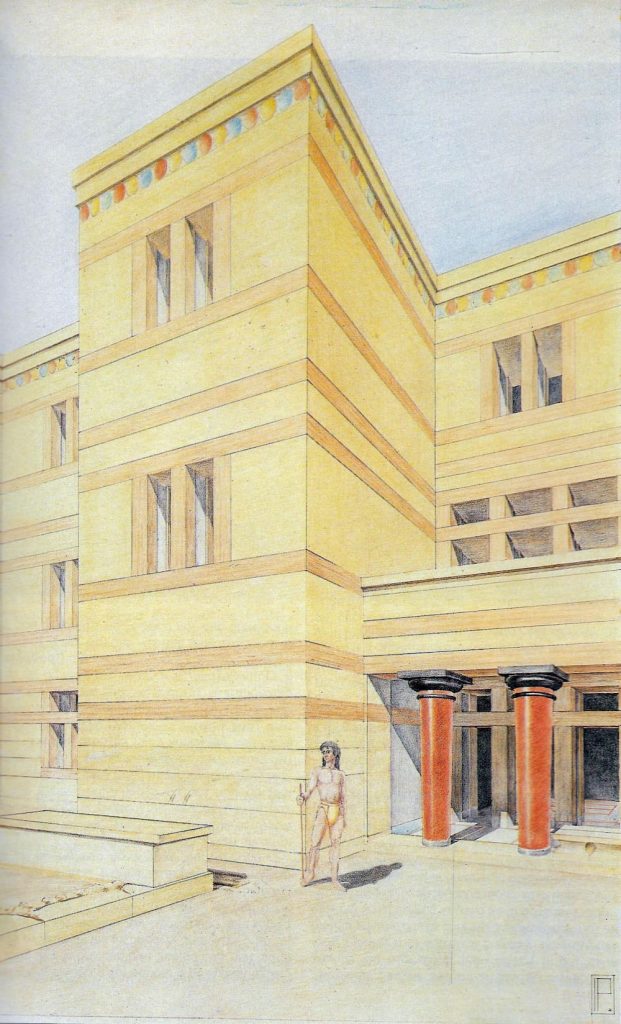
Alongside this discovery, a pyramidal base was also discovered during recent digs on the same platform, which adds to a double-axe base discovered during an earlier study. Although it is only partially maintained on one of the platform’s western arms, a third base is theoretically possible. These findings are a continuation of the work Dr. Sapouna-Sakellarakis has carried out for decades, building upon the original research of archaeologist Giannis Sakellarakis in the 1960s.
Clarifying some of the complex’s architectural remnants was one of the primary objectives of this excavation season, but the results have beyond expectations. In the southern section of the site, an area of 96 square meters was excavated in a courtyard located south of the entrance with the aforementioned altars.
The excavation’s high point occurred when the altars and the stone construction’s arms were revealed to form a Sacred Gate at the palace’s entrance. These altars had been found in earlier seasons; one of which is large and elongated, while the other is stepped.
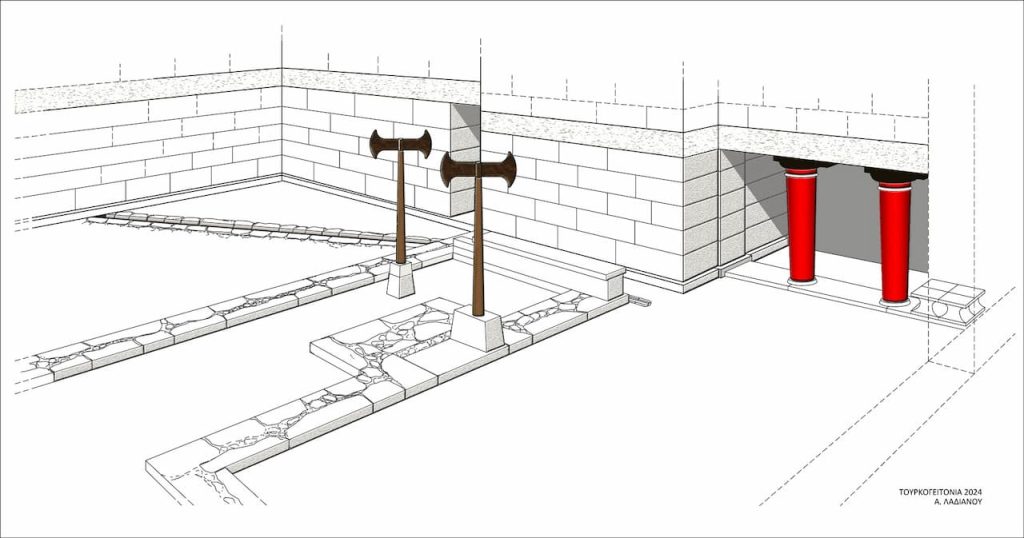
Sanctuary at entrances were common in Minoan Crete, as evidenced by other discoveries honoring local deities. One of the most well-known examples is the cult of Eileithyia Prothyraia, a Cretan goddess who guarded thresholds and represented the connection between sacred and profane ground.
The discovery sheds light on the spiritual practices and architectural advancements of the Minoan culture.
Cover Image Credit: Greek Ministry of Culture

